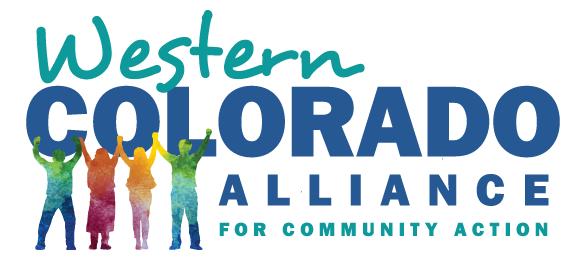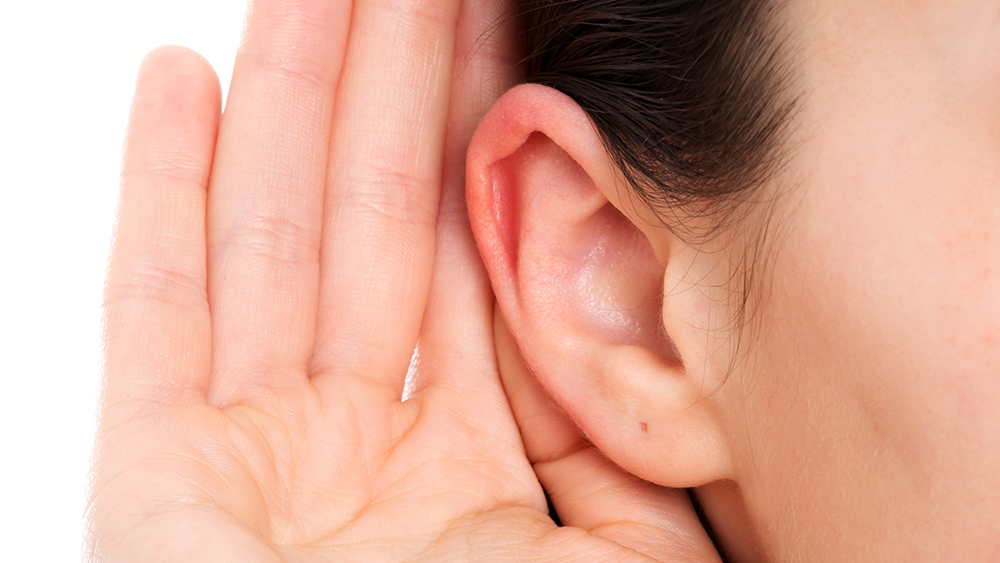- An Alliance For Community Action
- (970) 256-7650
- info@WesternColoradoAlliance.org
Canvassing goes deep!
As organizers, we face a changing world where the devices we have relied on for years now sometimes fail us. But a new approach to connecting to communities has shown real progress in other parts of the country, and points to a new tool for organizing in our Alliance.
Some background…
Prior to joining Western Colorado Alliance as a community organizer, I spent a number of years running political campaigns ranging from statewide ballot issues, to congressional candidates, to local county races. My specialty was working with volunteers to engage in direct voter contact. That’s why, when our Alliance first hired me on as a consultant, I came on as their canvass director for a statewide ballot issue. I brought a depth of knowledge on how to word a script to keep a voter at the door, and how gentle social pressure, when used correctly, could turn a voter out. And we used the same talking points recommended across the nation to persuade a voter to support an issue.
We used these tools and more as I moved into my full-time role with our Alliance, first as a community organizer, and then as the Political and Organizing Director. When it came time for us to engage in elections and Get Out The Vote efforts, these tools remained useful. However, election after election, whether for candidate or ballot issue, vote margins remained the same. Sure, we were helping turn people out in an election, but were we actually persuading anyone?
The science behind persuasion
In 2016, candidates, political parties, and special interest groups spent a collective $6.4 billion on the federal election.
Following that election, two political scientists — David Broockman (a Stanford University assistant professor) and Joshua Kalla (a doctoral student at UC Berkeley) — analyzed data from 49 state, local, and federal campaigns to evaluate the effective persuasiveness of their campaign methods. And what they found was shocking.
No matter the tactic — a flyer, a canvasser, a phone call, a yard sign, a billboard — there was no measurable change in voting outcomes. And even memorable interactions tended to quickly fade from voters’ minds and were generally forgotten by Election Day. For example, they discovered that the impacts of a political television ad can fade from a voter’s memory in just a week. So at this point, one might be tempted to ask, should I even bother to knock another door again? The answer is, “Yes, yes, my friends, yes.”
Despite these disappointing results, Broockman and Kalla did find one voter contact method scientifically proven to shift the mindset of a voter, and that’s deep canvassing. But before I jump into what exactly deep canvassing is, I want to take one step back and talk about deep listening.
Listening matters
Today, there seems to be the assumption that all voters will resonate with the same formula of prescribed issues across the board. We’ve gotten so lost in the numbers, we’ve forgotten to lead with a sense of shared humanity through conversation. In the words of community organizer George Goehl, instead of listening to understand, many of us have fallen into the habit of “…listening to confirm. Confirm how the person is wrong and bad in exactly the ways we thought they were.”
Deep listening is the art of hearing an opposing viewpoint, and instead of defaulting to argument, asking questions to seek understanding — learn more about what they’re up against, what troubles they experience, and how their reality has led them to this perspective. And maybe most importantly for us, what are the resounding concerns in our community coming up repeatedly, that we as a grassroots organization, can help effect change?
So, why deep canvassing?
Our Alliance has known for years that we need to get out of our issue isolation and get into our communities. But the “how to do this?” was a little more up in the air. COVID slowed us down, but it also allowed us an opportunity to connect with organizations that are already doing this highly impactful work.
Since 2016, there’s been a buzzword about a “new” community contact tool called deep canvassing. And while our parent network, WORC, had participated in a trial, trying to find the organizations championing this new effort was a little like stumbling around in the dark. As the Alliance’s Organizing Director, I was asking questions, building what little I knew about the theory into some of our trainings, and reading articles on the process organizers in Georgia used to shift mentalities in their communities. And then, coincidently, in the process of this search, I was invited to a deep canvassing training hosted by the national organization, People’s Action, and was welcomed into trainings, meetings, and phone banks coordinated for attendees to learn how deep canvassing works to shift mindsets.
George Goehl, the organizer quoted earlier, is a leader in the movement. Earlier in life he experienced homelessness, then worked his way to a job in the soup kitchen he’d frequented, and eventually became a community organizer to effect change in his rural community. He is now the Director of the National People’s Action organization. And while Goehl didn’t create deep canvassing — that credit goes to another great organizer, David Fleisher from Leadership LAB — Goehl, and many other seasoned organizers who make up the group, have created a network that weaves deep canvassing throughout communities across the country. Western Colorado is currently missing from the picture, but with encouragement and coordination from the organizations already in action, we are ready to bring deep canvassing and deep listening to our communities through Western Colorado Alliance.
A closer look
The success or failure of deep canvassing isn’t judged by doors knocked in an hour. It’s judged by the quality of the conversations. Typically, a volunteer might be encouraged to spend 3 minutes or less to “persuade” a voter during a conventional canvass, and later, they might return to that same door and spend two minutes helping that voter form a voting plan during Get Out The Vote efforts.
Deep canvassing, on the other hand, occurs long before elections are in full swing. Conversations can last ten, 15, 20 minutes. And the “win” isn’t committing a voter to vote a certain way; instead it’s encouraging voters to think more deeply about their relationship to local issues.
So often in our western world of rugged individualism, local voters vote against policies that would benefit them (as well as against policies that would support marginalized members in our community), in fear that it might put themselves at risk. Deep canvassing is the next step in our quest to connect the dots, between “us” and community members who aren’t “like” us.
It goes beyond deep listening in that it encourages the canvasser not only to ask questions, but to offer vulnerability themselves. The canvasser shares themselves, allowing both parties to identify mutual interests or connections they might not have otherwise known they had. The conversation becomes a heart-to-heart between two strangers.
And while people are resistant to changing their mind during an argument, thoughtful persuasion can happen when, in talking an issue through themselves, the voter realizes they have a more tolerant attitude than they realized.
The big question: Does it work?
The political scientists, Broockman and Kalla, published their findings on deep canvassing in 2020 in the American Political Science Review. In their study, they found that 78% of people who came to the door for a canvasser ended up staying for the entire conversation. And 75% of people who started a conversation shared a story about their own lives. This tells us just how willing many people are to having an open conversation.
And after following up with voters who were canvassed during this study, not only was there a seven-percent increase in persuasion for an issue, but the effect was lasting — three and six months following the conversation.
And if that’s not convincing enough, one particular deep canvassing study (which included 700 interactions) proved to be 102% more effective than brief interactions during a typical door-knocking campaign. The bottom line is: Many voters have been left out of the conversation, and they’re eager to be heard.
We’re just getting started in this work, and our Alliance is preparing to hire organizers to support this effort in our communities. But deep listening and deep canvassing doesn’t work without our members. We’re sure you have lots of questions, and I hope you’re excited to get started. Join our Annual Conference and its corresponding workshops this August to learn more about deep listening and deep canvassing, and how our Alliance plans to spend the next few years digging “deep” into our communities.
And if you want to hear more from George Goehl, and organizers on the ground who have been doing this work, check out his podcast See Each Other – a short six-episode series spotlighting deep canvassing efforts happening now in rural white America.
Jeriel joined the Western Colorado Alliance staff in February 2017 (back when we were still Western Colorado Congress), but you may remember her as our Canvass Director for the successful Minimum Wage ballot initiative in 2016! In her young career, Jeriel has worked with engaged citizens across Colorado on issues ranging from veterans' affairs, healthcare and women’s rights. Jeriel has called Grand Junction and the Western Slope home for 16 years, and enjoys running, hiking, biking and crafting with her daughter Emma.


